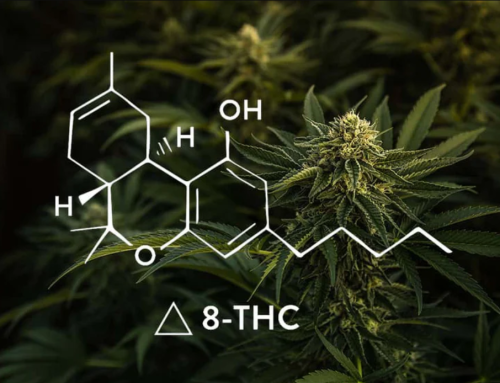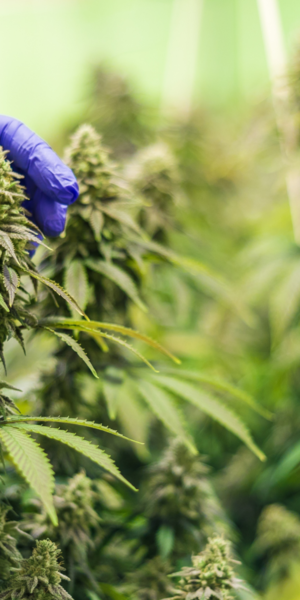THC Levels Vary Across Plant Layers, Study Reveals
BRITISH COLUMBIA, CANADA – A landmark study published in Scientific Reports by researchers from Pure Sunfarms Corporation has provided the first in-depth analysis of total THC variability in greenhouse-cultivated Cannabis.
The research tackles a critical gap in Cannabis science by examining how THC content fluctuates within individual plants and across different cultivars, offering actionable insights for growers, regulators, and the broader Cannabis industry.
The study focused on dried Cannabis flowers, sampling from the top, middle, and bottom strata of plants to assess potency variation. Using rigorous statistical methods, including 17–30 replicates per cultivar and an analytical uncertainty of ±0.29, the researchers measured THC levels across nine cultivars and found that at all levels of analysis, the variation in total THC ranged from 2.4% to 6.7% of the actual content. This variability suggests that the current practice of fixed-number THC labeling may not be adequate and could potentially mislead consumers.
Conducted with funding from Pure Sunfarms and reviewed by experts from Simon Fraser University and Langara College, the study employed advanced statistical tools to confirm that observed variations reflect natural differences. This work underscores the need for standardized sampling protocols to achieve reliable potency measurements, particularly as the legal Cannabis market demands transparency and consistency. The research also notes its novelty, as no prior studies have systematically explored THC variability at the plant level.
As the global Cannabis industry expands, this study lights a path toward greater quality control and trust. From greenhouse to consumer, it’s a reminder that science is the root of reliability, ensuring every harvest meets the promise of precision.



































